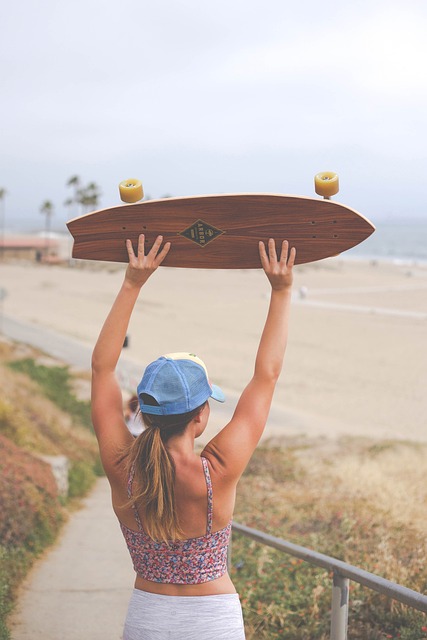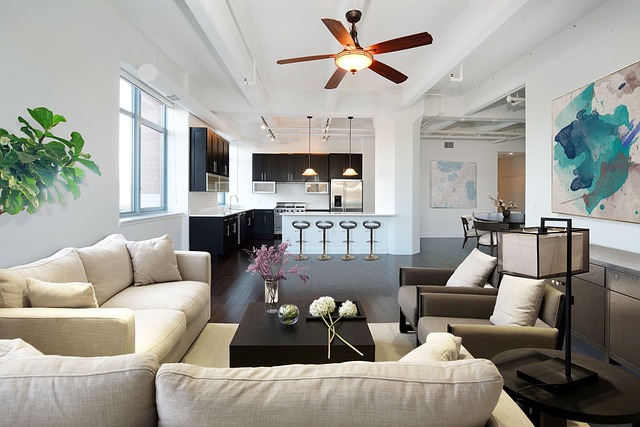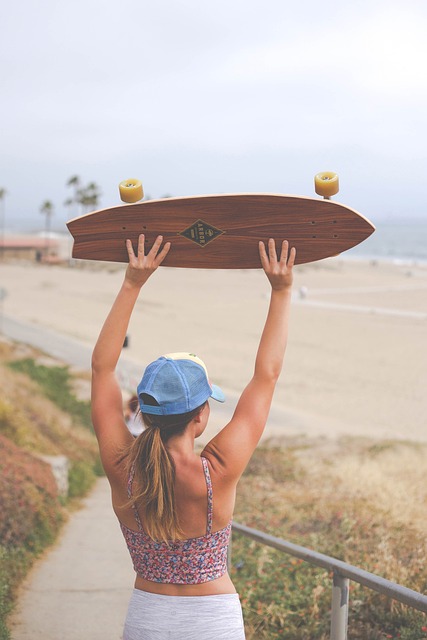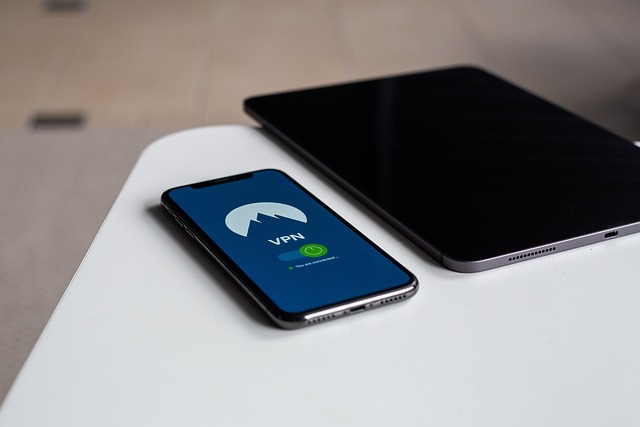For newcomers to longboarding, understanding deck types is key. Choose between drop-through decks (stability, lower riding position), unique shapes like pin tails and double kicks, or flexible decks (softer, better turning). Flex decks are recommended due to their balance of durability and forgiving nature, aiding learning and reducing injury risk. Material composition (maple, composite vs. carbon fiber, bamboo) and deck shape (width) also impact flexibility and riding style. Top brands like Landyachtz, Global Longboards, and Arbor Longboards offer beginner-friendly flexible decks. Proper maintenance, focusing on fundamental techniques (carving, ollies), and gradual progression to advanced tricks are crucial for a rewarding longboarding journey.
For longboard enthusiasts, choosing the right deck is key to an enjoyable riding experience. If you’re new to longboarding, understanding flexible deck options can seem daunting. This comprehensive guide breaks down everything from deck types and material considerations to shaping and brands. We’ll explore the unique benefits of flexible decks, essential maintenance tips, and even advanced techniques. Whether you’re a novice or looking to enhance your skills, this article provides valuable insights for selecting your perfect flexible longboard deck.
Understanding Longboard Deck Types for Beginners

When getting started with longboarding, one of the first things to understand is the variety of deck types available. Longboards for beginners typically fall into a few main categories. Drop-through decks are popular among new riders because they offer a lower riding position, making it easier to balance and turn. This design also provides extra stability at higher speeds. Deck shapes vary from traditional, similar to shortboard skateboards, to more unique styles like pin tails and double kicks, each offering different riding experiences.
The flexibility of longboard decks is another key consideration. Hard decks are stiffer and offer better pop (a bounce that helps with ollies and tricks), while soft decks provide smoother rides and better shock absorption for a more comfortable experience on rough surfaces. For beginners, flex decks are often recommended as they offer a balance between durability and forgiveness, making learning easier and reducing the risk of injuries.
Factors to Consider When Choosing a Flexible Deck

When choosing a flexible deck, or longboard for beginners, several key factors come into play. Firstly, consider your skill level and riding style; different flex patterns suit varying levels of expertise and preferred maneuvers, from cruising to carving. A stiffer deck offers more stability and precision for beginners learning to balance, while a softer deck allows for easier turning and greater maneuverability for advanced riders.
Material also plays a significant role in flexibility and durability. Decks made from 7-layer maple or composite materials tend to be stiffer, providing a solid platform for beginners. In contrast, decks crafted from carbon fiber or bamboo often offer more give, catering to experienced riders who demand enhanced flexibility and responsiveness. Additionally, deck shape and size matter; wider boards offer better stability but may require more effort to turn, while narrower decks are more agile but demand greater balance.
Benefits of Flexible Decks in Longboarding

Flexible decks offer a unique advantage for longboarders, especially those new to the sport. One of the key benefits is their ability to provide a more comfortable and forgiving ride, making them ideal for beginners who are still mastering their skills. The flexibility allows the deck to absorb shocks and vibrations from rough terrain, ensuring a smoother experience and reducing the impact on your joints. This feature can be particularly appealing to newcomers who might be hesitant to tackle challenging trails due to concerns about stability and control.
Additionally, flexible decks provide enhanced maneuverability, which is crucial for longboarders looking to improve their technique. The flexibility enables easier carving and turning, allowing beginners to practice and perfect these essential maneuvers with greater ease. This improved agility can boost confidence and encourage learning, making flexible decks a popular choice among longboarders for beginners seeking to explore the joys of cruising and carving on their boards.
Materials Used in Creating Flexible Longboard Decks

When it comes to crafting flexible longboard decks, a variety of materials play a crucial role in determining their performance and durability. For beginners looking to ease into the world of longboarding, deck manufacturers often opt for 7-layer laminated maple as a go-to choice. This material combination ensures a balanced ride, offering both flexibility and stability, making it ideal for those new to the sport who are still developing their skills.
Beyond maple, advanced materials like carbon fiber and fiberglass also find their way into high-end flexible decks. These composite materials significantly enhance the deck’s strength-to-weight ratio, contributing to a more responsive and agile ride. For longboard enthusiasts seeking specialized performances tailored for specific styles or tricks, these innovative composites can provide the necessary precision and control, elevating the overall longboarding experience.
How Flexibility Affects Riding Experience

The flexibility of a deck, or its ability to bend and absorb impact, plays a pivotal role in shaping the riding experience, especially for longboard for beginners. A deck with ample flexibility provides a smoother and more forgiving ride, making it ideal for learning curves and tricks. This characteristic allows riders to navigate cracks, gaps, and uneven surfaces with greater ease, enhancing control and stability. Beginners can focus on mastering fundamentals without worrying about their deck’s response to unexpected terrain changes.
Conversely, stiffer decks offer a more responsive and agile ride, which is preferred by advanced riders seeking precision and speed. However, for newcomers, a stiff deck might demand more skill to maintain balance and control, potentially leading to an less enjoyable experience. Flexibility acts as a crucial equalizer, ensuring that longboarders, regardless of their skill level, can benefit from a comfortable and accessible ride.
Deck Shapes and Their Suitability for Different Riding Styles

When it comes to deck shapes, each design offers a unique riding experience tailored to specific styles. For beginners on longboards, a standard drop-through deck is often recommended. This shape provides a low ride height, making it easy to maintain balance and control, especially at lower speeds. The flat platform allows for comfortable foot placement, ideal for learning turns and carving.
Riders who prefer more advanced tricks and speed might opt for a top-mount deck. Its elevated design offers better stability at higher velocities, catering to the needs of experienced skaters looking to perform flips and slides. Additionally, some top-mount shapes incorporate concaves or cutouts, which can enhance the board’s flexibility and responsiveness, further catering to diverse riding styles and tricks.
Top Brands Offering High-Quality Flexible Decks

When it comes to flexible deck options, several top brands stand out for offering high-quality products, particularly suited for longboard for beginners. Companies like Landyachtz and Global Longboards have built a reputation for crafting durable and versatile decks that cater to both novice and experienced riders. Landyachtz, known for their innovative designs, provides a range of flexible decks that offer a smooth ride while allowing for creative maneuvers. Global Longboards, on the other hand, focuses on sustainability, using eco-friendly materials without compromising performance. Their flexible decks are designed to be easy on the joints and provide a comfortable cruising experience.
Another notable brand is Arbor Longboards, which combines traditional longboard aesthetics with modern technology. Their flexible decks are not only visually appealing but also offer excellent pop and control, making them ideal for beginners looking to develop their skills. With these top brands leading the way, aspiring longboarders can trust that they’ll find a flexible deck that suits their style and skill level, whether they’re just starting out or seeking advanced performance.
Maintenance Tips for Extending the Lifespan of Your Flexible Deck

Proper maintenance is key to extending the lifespan of your flexible deck, especially if you’re a longboard for beginners. Regular cleaning is essential; sweep and wipe down the deck after each use to remove dirt and debris. Avoid exposing it to harsh weather conditions; extreme temperatures can damage the material. Consider using a protective coat or sealant recommended by the manufacturer to safeguard against moisture and UV rays.
Store your flexible deck in a dry, cool place when not in use. Prevent scratches on the deck surface by handling it carefully and avoiding contact with sharp objects. If you notice any tears or significant wear, repair or replace the damaged area promptly. Following these simple maintenance tips will help ensure your longboard for beginners remains in top condition for years to come.
Advanced Techniques and Tricks Using Flexible Decks

For those new to flexible decks, mastering basic techniques is crucial before attempting advanced tricks. Start by learning how to carve and flow, using the deck’s flexibility to your advantage—it allows for smoother turns and more control compared to a traditional longboard. Practice transitioning between different carving styles like cruise, cutback, and nose ride to build confidence and balance.
As you gain proficiency, explore advanced tricks such as ollies, pop shuv-its, and kickflips. The flexibility of the deck can aid in generating the necessary pop for these maneuvers. Experiment with different angles and pressure points on the deck to achieve the desired rotation and flip. Longboarders often find that mastering flexible deck techniques not only enhances their overall riding experience but also opens doors to more complex tricks and creative expressions on the board.
